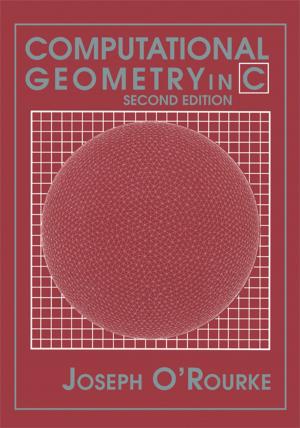String Theory Methods for Condensed Matter Physics
Nonfiction, Science & Nature, Science, Physics, Solid State Physics, Mathematical Physics| Author: | Horatiu Nastase | ISBN: | 9781316850596 |
| Publisher: | Cambridge University Press | Publication: | September 21, 2017 |
| Imprint: | Cambridge University Press | Language: | English |
| Author: | Horatiu Nastase |
| ISBN: | 9781316850596 |
| Publisher: | Cambridge University Press |
| Publication: | September 21, 2017 |
| Imprint: | Cambridge University Press |
| Language: | English |
The discovery of a duality between Anti-de Sitter spaces (AdS) and Conformal Field Theories (CFT) has led to major advances in our understanding of quantum field theory and quantum gravity. String theory methods and AdS/CFT correspondence maps provide new ways to think about difficult condensed matter problems. String theory methods based on the AdS/CFT correspondence allow us to transform problems so they have weak interactions and can be solved more easily. They can also help map problems to different descriptions, for instance mapping the description of a fluid using the Navier–Stokes equations to the description of an event horizon of a black hole using Einstein's equations. This textbook covers the applications of string theory methods and the mathematics of AdS/CFT to areas of condensed matter physics. Bridging the gap between string theory and condensed matter, this is a valuable textbook for students and researchers in both fields.
The discovery of a duality between Anti-de Sitter spaces (AdS) and Conformal Field Theories (CFT) has led to major advances in our understanding of quantum field theory and quantum gravity. String theory methods and AdS/CFT correspondence maps provide new ways to think about difficult condensed matter problems. String theory methods based on the AdS/CFT correspondence allow us to transform problems so they have weak interactions and can be solved more easily. They can also help map problems to different descriptions, for instance mapping the description of a fluid using the Navier–Stokes equations to the description of an event horizon of a black hole using Einstein's equations. This textbook covers the applications of string theory methods and the mathematics of AdS/CFT to areas of condensed matter physics. Bridging the gap between string theory and condensed matter, this is a valuable textbook for students and researchers in both fields.















